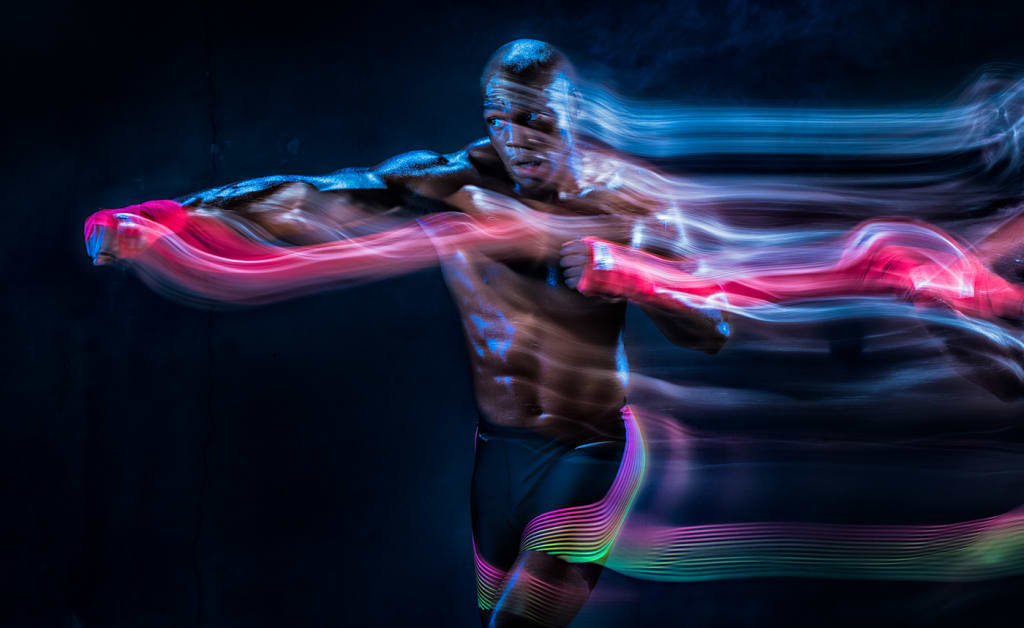
The wider recognition of pupils’ diverse learning needs has led to variations in pedagogical approaches.
In modern society, technological determinism emphasises the potential inevitable integration of information and communications technology (ICT) within an educational setting to assist in meeting those needs. When used appropriately to facilitate learning, the multiplatform structure of ICT has the potential to provide alternative and suitable experiences to all young people, whereby Vygotsky’s (1978) theory of social constructivism suggests social experiences help to articulate ideas and lead to continuous personalised learning and development, in which all pupils should be supported to make progress.
Modelling: Effective Ways of Communicating Information to the Learner
Particularly with new skills, modelling can be the most effective way of communicating fresh information to the learner (Hughes and Franks, 2004).
Much of the sensory cortex in the brain is devoted to vision, and Illeris’ (2009) learning theory suggests experiences are first recognised from visual stimuli before cognitive perception is developed; Hebb’s (1949) ‘cell assembly’ theory further implies that visual cues have the potential to heighten the somatosensory development of the learner through augmenting procedural memory.
This is because proprioceptive impulses originating from receptors in the muscles are interconnected with visual stimuli, therefore implicitly developing the cognitive and physical prowess of each pupil.
Still Capture: The Use of Photos in PE
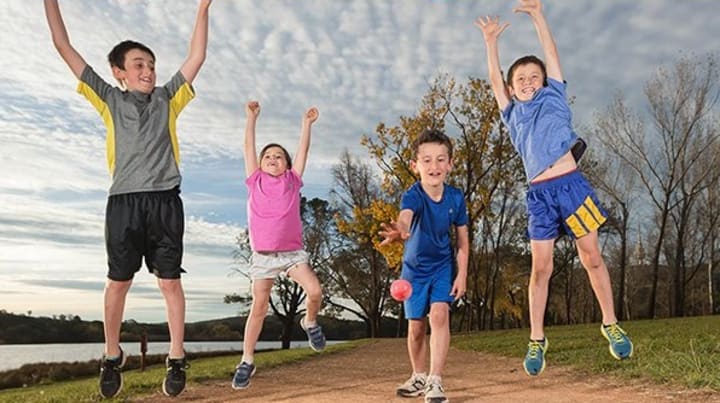
Alternative teaching techniques
I once taught a shot put lesson for year 7 pupils. As this is the first year of secondary education for these kids, much of the activities will be new learning experiences for them.
The class was split into two groups. One process task required the pupils of one group to structure a sequence of photos portraying critical features of the standing shot put technique. Although there is debate over the use of visual stimuli on its own, theorists such as Kasser and Lytle insist clear verbal instructions should accompany the images for early mastery of the skill; other theorists such as Thomson and Watt imply it is therefore imperative for each image to articulate the exact representation of the critical features.
This could be achieved through, for example, effective zoom and use of angles. As a result, each image only explicitly shows the significant information relevant for learning, providing the opportunity to facilitate the pupils’ development for future performance.
Eradicating Overload of Information
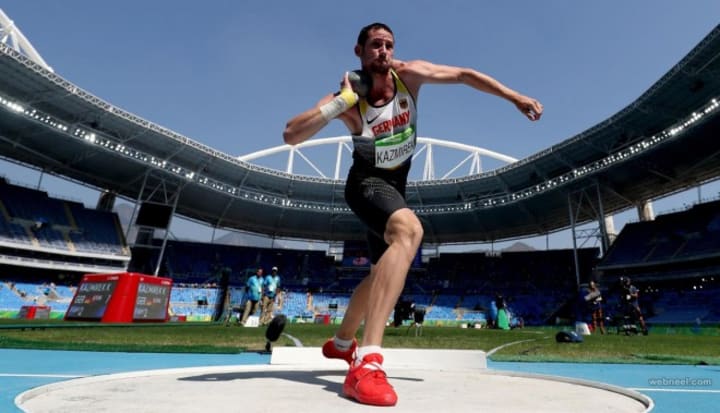
Use of angles and zooms for specific information
Carroll and Bandura’s (1987) cognitive mediation theory insists selective attention extracts critical features of the skill.
With the breakdown of each significant teaching point in the photos, this use of technology enhances the learning process in the cognitive phase of learning relative to year 7 pupils. This could therefore facilitate early mastery of the skill by piecing together specific movement patterns by actively engaging proprioception relating to the skill mastered through each photo.
Time taken to repeatedly, cognitively structure fluent phases of each critical moment further develops the procedural knowledge relevant to govern correct motor performance-related behaviour and understanding of the task.
Engaging the Creative Mind: Capturing Photos in PE
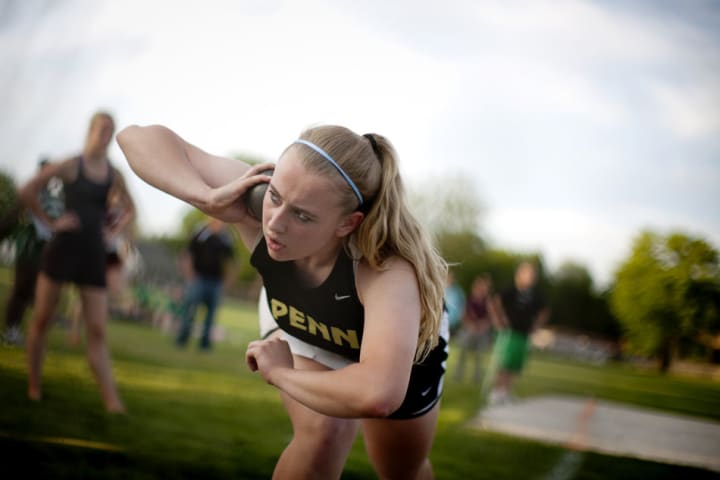
Creating images from your own imagination
The second group of pupils in my lesson worked without visual cues, i.e. photos. However, their task was to recreate the critical features of the standing shot put by taking photos of the performer in action. This group only had the help of the written teaching points provided.
Crossmodal plasticity suggests that a loss of input in one sensory modality, in this case the visual sensors, leads to reorganisation of the brain's representations of other sensory modalities. Notably, in this scenario, the somatosensory modality is reorganised, which is interconnected with physical development.
“PE is not just a place where physical capital is valued, but also one of intellectual engagement” (Flintoff, 2015).
By developing the physiological aspects of learning through accurate motor acquisition ready for capture, this learning is only further enhanced by cultivating the cognitive capacity to dissimilate the skill, therefore ensuring holistic procedural development in the early learning stages of the brain.
Apps to Piece Together Images: Photo Collage
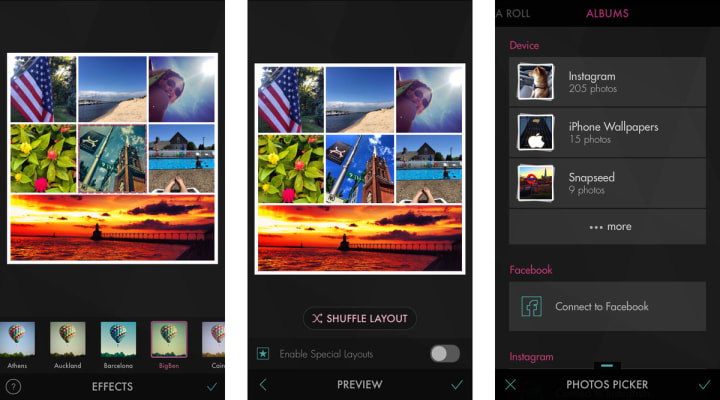
Apps enhance the creative aspect of still technology
To create a sequence of the images captured during the learnt performance, pupils were then asked to create a sequence of images on Photo Collage.
This is a free app which is easily accessible on any smart device, with an ability to upload photos and write comments alongside them. As such, the photos created and the photos used to demonstrate skills were made for effective learning outcomes, with the use of analytical skills early on.
It allows the learner to demonstrate a skill, think about the skill, and understand why they are performing a sequence of skills, in that order. All of this, whilst developing the mastery of the skill implicitly.
Yang (2013) therefore insists the varying use of still-capture technology develops pupil autonomy and facilitates meeting the diverse needs of all pupils.
Images Inspire Action
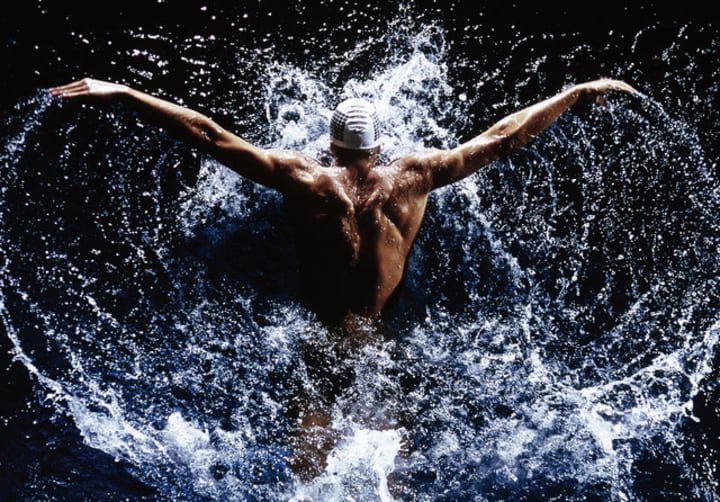
There are many different uses of still capture: taking photos, analysing photos, uploading photos, and describing photos. These are just a few examples!
With an increasing recognition of pupils’ unique learning needs, the integration of still-capture technology offers the potential to augment learning opportunities, particularly when Illeris (2009) implies that visual cues are paramount to the intensity with which a pupil learns.
Images inspire action, and as Miliband (2006) insists that “pupils are not consumers but co-creators of their educational experience,” the way ICT is integrated into the learning experiences facilitates the opportunity to capitalise on each individual’s unique strengths as a learner and to develop the competence and confidence to “lead active, healthy lives” (DfE, 2013).
About the Creator
A D
☀






Comments
There are no comments for this story
Be the first to respond and start the conversation.